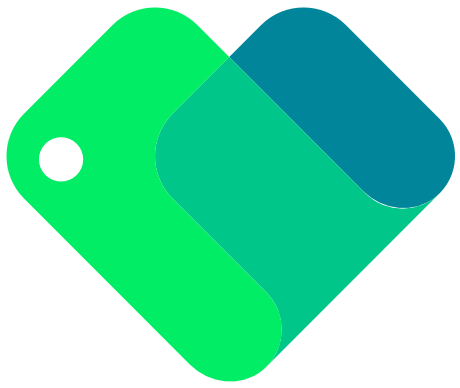Implementing Multi-Language Support in Android WebView: Leveraging the Power of WebViewGold

In the ever-globalizing world, creating applications that cater to a diverse audience is becoming increasingly important. One of the essential aspects of an inclusive app is multi-language support. Android developers are always on the lookout for efficient ways to integrate multi-language support into their applications. One powerful tool to accomplish this is by using WebView to display web content within Android apps. In this blog post, we’ll explore how you can implement multi-language support in Android WebView, leveraging the power of WebViewGold to simplify the process.
Understanding Android WebView
Android WebView is a system component that allows you to display web content within your Android application. It acts as a mini-browser embedded in your app, enabling seamless integration of web components while maintaining the native app experience. Whether you want to show a full website or just a part of it, WebView is your go-to tool.
The Challenge of Multi-Language Support
While Android’s localization features make it straightforward to create multi-language support for native components, adding this support for web content displayed in WebView can be slightly more challenging. You need to ensure that your web content detects and adapts to the user’s language preferences effectively.
Introducing WebViewGold: The Simple Solution
WebViewGold is a quick and simple solution that can convert your website into an Android app effortlessly. It stands out by providing extensive support for multi-language capabilities, thereby ensuring your web content is globally accessible right out of the box.
Steps to Implement Multi-Language Support
Here’s a step-by-step guide to implementing multi-language support using Android WebView and enhancing it with WebViewGold:
1. Prepare Your Website for Localization
Ensure your website is prepared to handle multiple languages. Use localization libraries like i18next (for JavaScript) to manage different language translations efficiently. Store your translation files securely in JSON or YAML formats.
2. Detect User Language Preferences
Implement logic in your website to detect the user’s preferred language. This can typically be retrieved from the browser settings or through explicit user settings on your site.
“`javascript
const userLang = navigator.language || navigator.userLanguage;
“`
3. Dynamic Loading of Translations
Use the detected language preference to dynamically load the appropriate translation file. For instance:
“`javascript
i18next.init({
lng: userLang,
resources: {
en: { translation: {/* English translations */} },
fr: { translation: {/* French translations */} },
// Add other languages as needed
}
}, function(err, t) {
// Initialize localized content
updateContent();
});
“`
4. Integrate WebView in Your Android App
In your Android app, use WebView to display your localized website. Here’s a simple setup:
“`java
WebView myWebView = findViewById(R.id.webview);
WebSettings webSettings = myWebView.getSettings();
webSettings.setJavaScriptEnabled(true);
myWebView.loadUrl(https://yourlocalizedwebsite.com);
“`
5. Leveraging WebViewGold for Simplification
If you prefer a more straightforward approach, consider using WebViewGold. WebViewGold allows you to convert your website into a full-fledged Android app with ease. It takes care of all the intricacies involved in integrating web content within the app, including multi-language support. By simply providing your website URL, WebViewGold can generate an Android application that mirrors your site’s functionality and design, complete with localization features.
Conclusion
Implementing multi-language support in Android WebView doesn’t have to be daunting. With the right preparation on your website and effective use of Android’s WebView component, you can create an inclusive and global user experience. Furthermore, leveraging tools like WebViewGold can significantly streamline the process, allowing you to convert your website into an Android app quickly and effortlessly. Don’t let language barriers limit your app’s potential—embrace multi-language support today!
